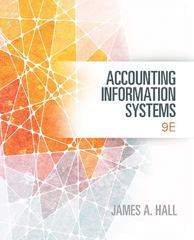Question
Z owns a rental building (its only asset) with a gross fair market value of $5,000 subject to the non-recourse mortgage of $2,000. Z's adjusted
Z owns a rental building (its only asset) with a gross fair market value of $5,000 subject to the non-recourse mortgage of $2,000. Z's adjusted basis for this building is $1,500. All of Z's stock is owned by C, whose basis for his stock in Z is $500. Z had 1,000 of E&P. Z is on the accrual method of accounting and reports on the calendar year. Assume that the corporate tax payable by Z on $3,500 gain is $1,250 and on $3,000 gain is $1,000. Z sells the building, subject to the mortgage, to D in the current year for $3,000 in cash. Z then liquidates, distributing all of the cash (remaining after paying its taxes) to C in cancellation of C's stock in the current year.
[Same facts as above, except that D agrees to pay Z an additional contingent amount for the building in order to induce Z to sell. The gross fair market value of Z's property is actually $5,000. D also agrees to give a Z "contingent" right to receive from D an additional $2,500 over 10 years if D earns profits from the building in excess of profits historically earned.]
a) If the transaction is held open, Z will recognize $3,500 gain on the sale.
b) Upon collecting additional amounts from D, C will recognize additional capital gain.
c) Upon collecting additional amounts from D, Z might also be expected to recognize additional gain, although Bittker & Eustice apparently take a contrary position
d) None of the above
e) All of the above, except D
Step by Step Solution
There are 3 Steps involved in it
Step: 1

Get Instant Access to Expert-Tailored Solutions
See step-by-step solutions with expert insights and AI powered tools for academic success
Step: 2

Step: 3

Ace Your Homework with AI
Get the answers you need in no time with our AI-driven, step-by-step assistance
Get Started


